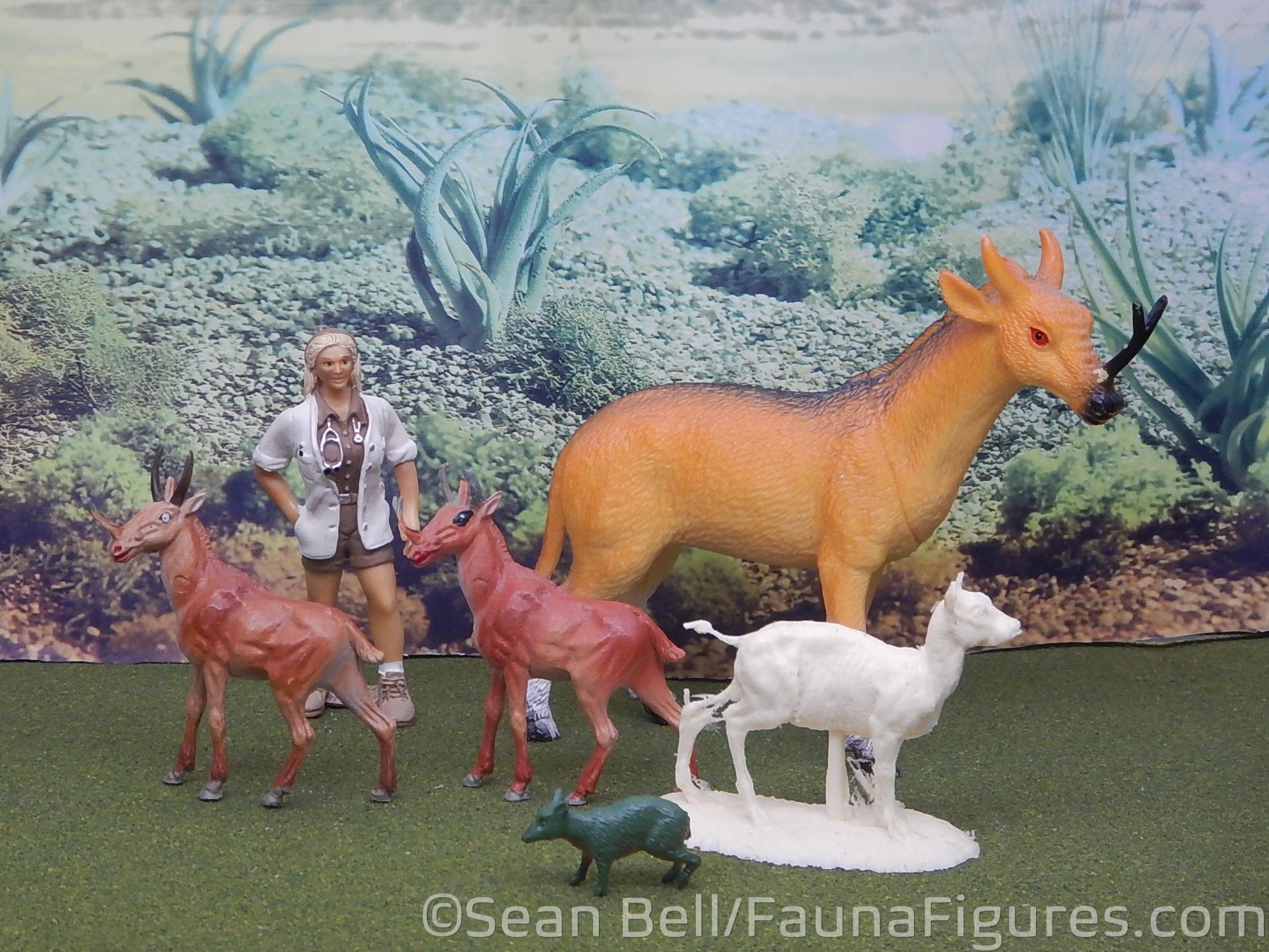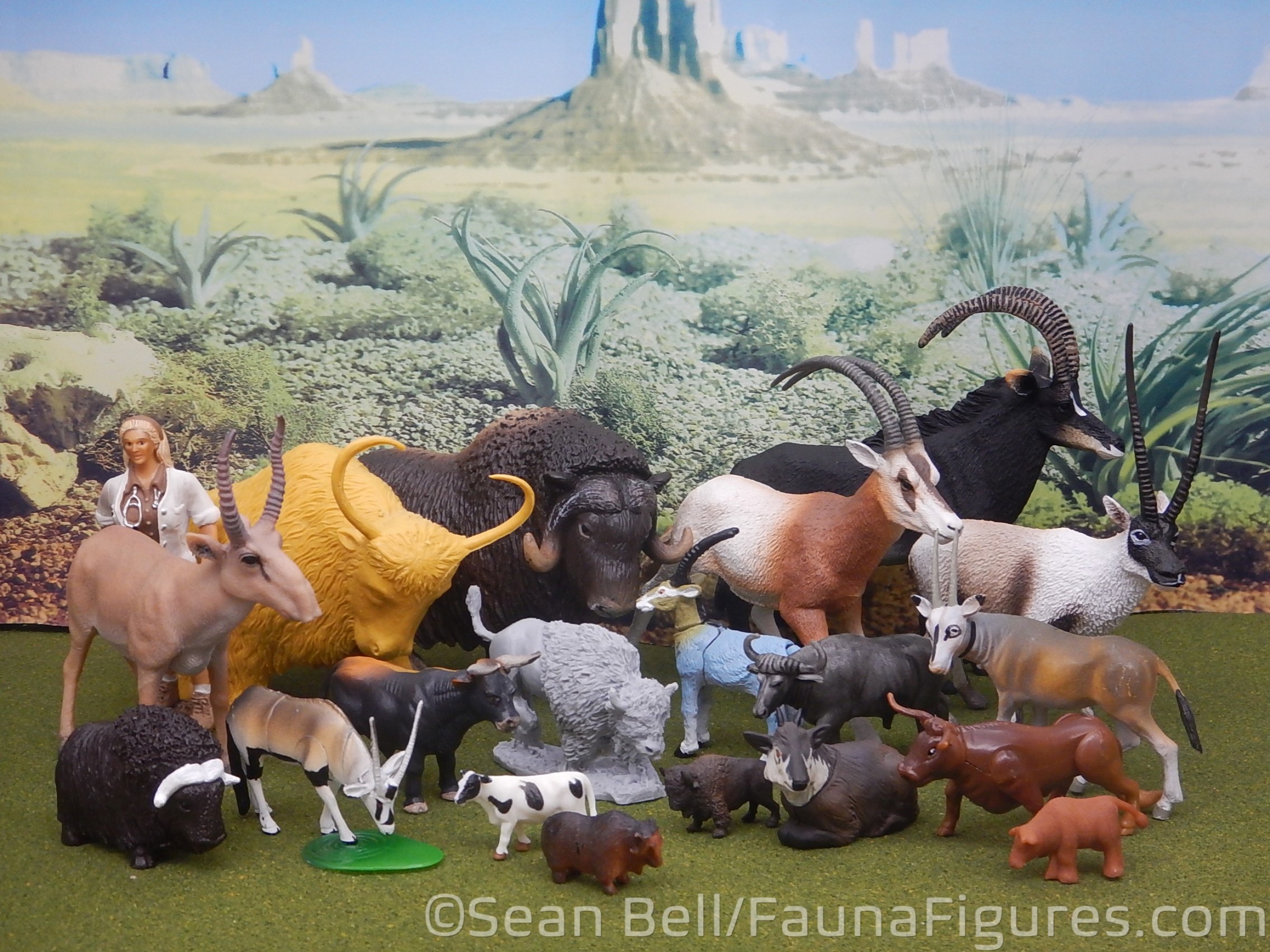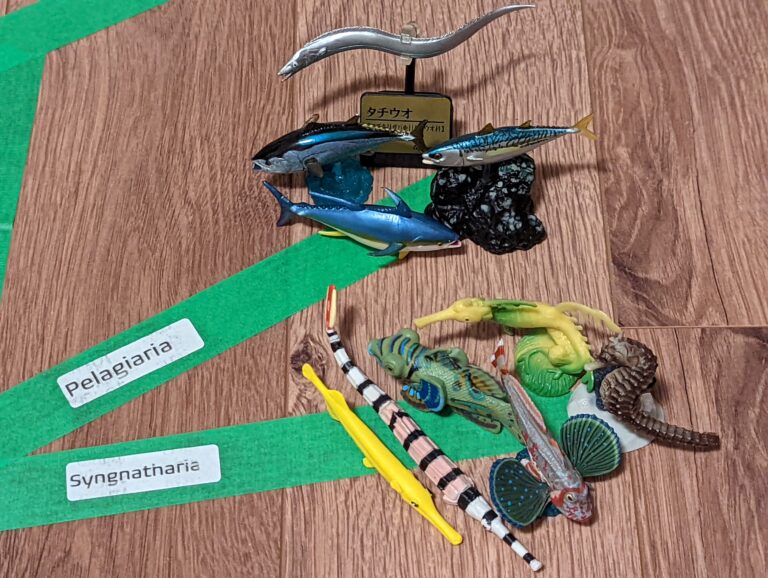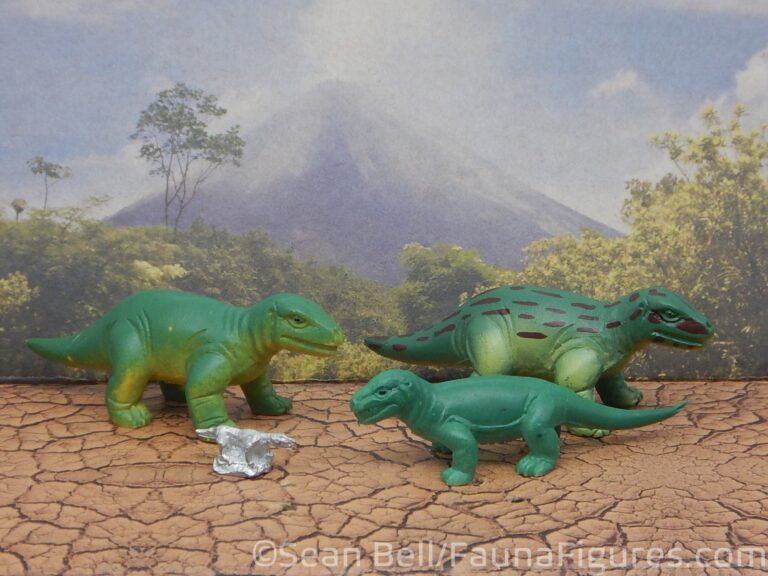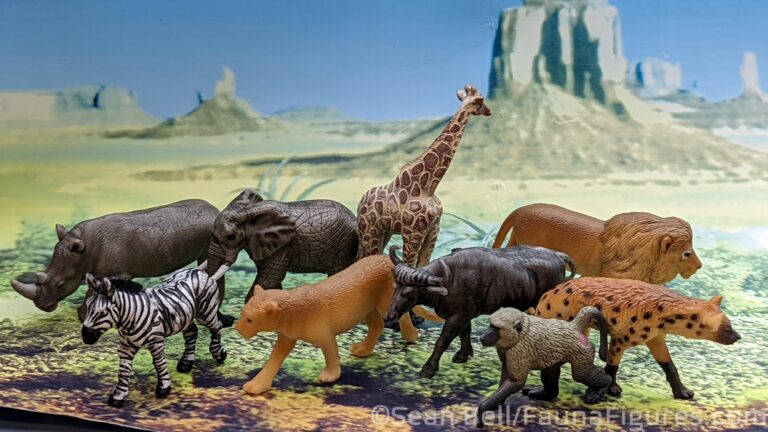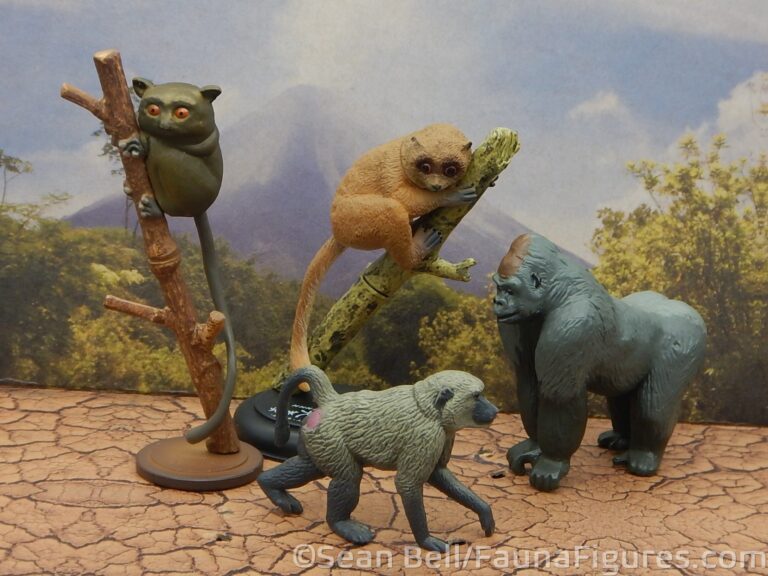Time to visit another clade, this time a true crown-group clade, the Ruminantia (or Ruminantiomorpha…if we include some of the anthracotherids that are a stem-group to the ruminantia). As a group, this is a fairly familiar one both as animals and as figures. The living groups include the bovids (cows, antelopes, goats, sheep, etc); the moschids (musk deer); the cervids (deer); the giraffids (giraffes and okapi); the antilocaprids (pronghorn) and the basal group the tragulina (chevrotains). Of course, there is a side range of fossil taxa as well, with a long evolutionary history, although figures are more rare among most of those.
Ruminantia (ruminants) are united by a unique digestive process which utilizes foregut fermentation; the food is chewed, swallowed, and digested once; then brought back up as a cud to be chewed, swallowed and digested further. Of course, the different groups approach this differently, as well as having other physical characteristics that distinguish them. The earliest members among living species are noted for not have having horns; later subgroups are marked by their familiar horn-type adornment (horns, antlers, ossicones, and ‘pronghorns’). Fossil taxa have an even wider variety of ‘horn’ styles, within all groups, but are often differentiated into their groups by teeth or other skeletal features.
The Ruminantia first showed up in the early Eocene, among the Tragulina which soon diverged into a broad range of morphologies, some of which would grow their own spectacular horns and adornments. It wasn’t long before the larger sister group, the pecorans, showed up in the later Eocene in a few now-extinct families. By the Miocene all of the familiar modern groups were present, and again showed a wide range of morphologies. Some, like the giraffes, were constrained to Eurasia and Africa (now just Africa); the pronghorns were limited to North America (and still are). The largest groups, the deer and the bovids, are found throughout much of the world representing a wide range of species.
As a group, modern ruminants are very well-represented as figures for collectors, but of course they are not equally represented. Given that many Bovidae have been domesticated, they are especially common as models–adding up all domestic cows alone probably outnumber my entire collection, to say nothing of goats and sheep as well! I don’t personally collect domestic/agricultural species overall, so I am limited to just a couple (many by happenstance). Among the wild species, there is still a tremendous variety available, and not just more familiar species–CollectA’s move into the market did an incredible job of increasing the wild sheep, goat, deer and antelope, for example. Before that, some were already common–Bison, Moose, Red deer, Reindeer, Giraffes, Okapis, a few different Antelope; but now there are soooo many. I did at one time have a far wider range in my own collection, but space and collection focus meant finding homes for many of them (which was very easy! They’re excellent models). Some were still just too cool to let go of (or pass by), like the Chiru, Saiga, and Gemsbok. Some figure more notably in the collection too. Of course, I have to represent the local Pronghorn wherever I can…and it’s probably also noticeable that I’m a fan of Okapi as well. There’s just something about them!
What about prehistoric figures? That’s a big difference–the most popular is clearly the “Irish Elk” Megaloceros; I have a pretty decent variety of them, and it’s interesting to see how interpretations have changed over time. After that…there are a few odd ones here and there; a couple giraffids (Samotherium, Sivatherium), a few Steppe bison Bison priscus, and strangely more fossil tragulina (represented by Synthetoceras) than modern (that one tiny Chevrotain). And of course my one-of-a-kind Leptomeryx. Still, there are a tonne of other fossil taxa, and I think we all agree we’d like to see them as figures (lots of weird tragulines and giraffes, and who wouldn’t want Eucladoceros somehow?) And there are some ‘subfossil’ or recently extinct ones too, like Aurochs and Bluebuck (hopefully more of the living species don’t join that particular category).
The nice thing about the Ruminantia is that, as a group, it is pretty easy to have some in a collection–there are so many species, in so many size ranges and qualities, that there is is something for everyone. Some species are of course much easier to represent, while others are very uncommon–but easily worth the search. At the very least, it should be possible to find at least a representative of most species…other than a couple of them perhaps. Definitely a group that belongs in any collection, no matter what kind of focus you have!


